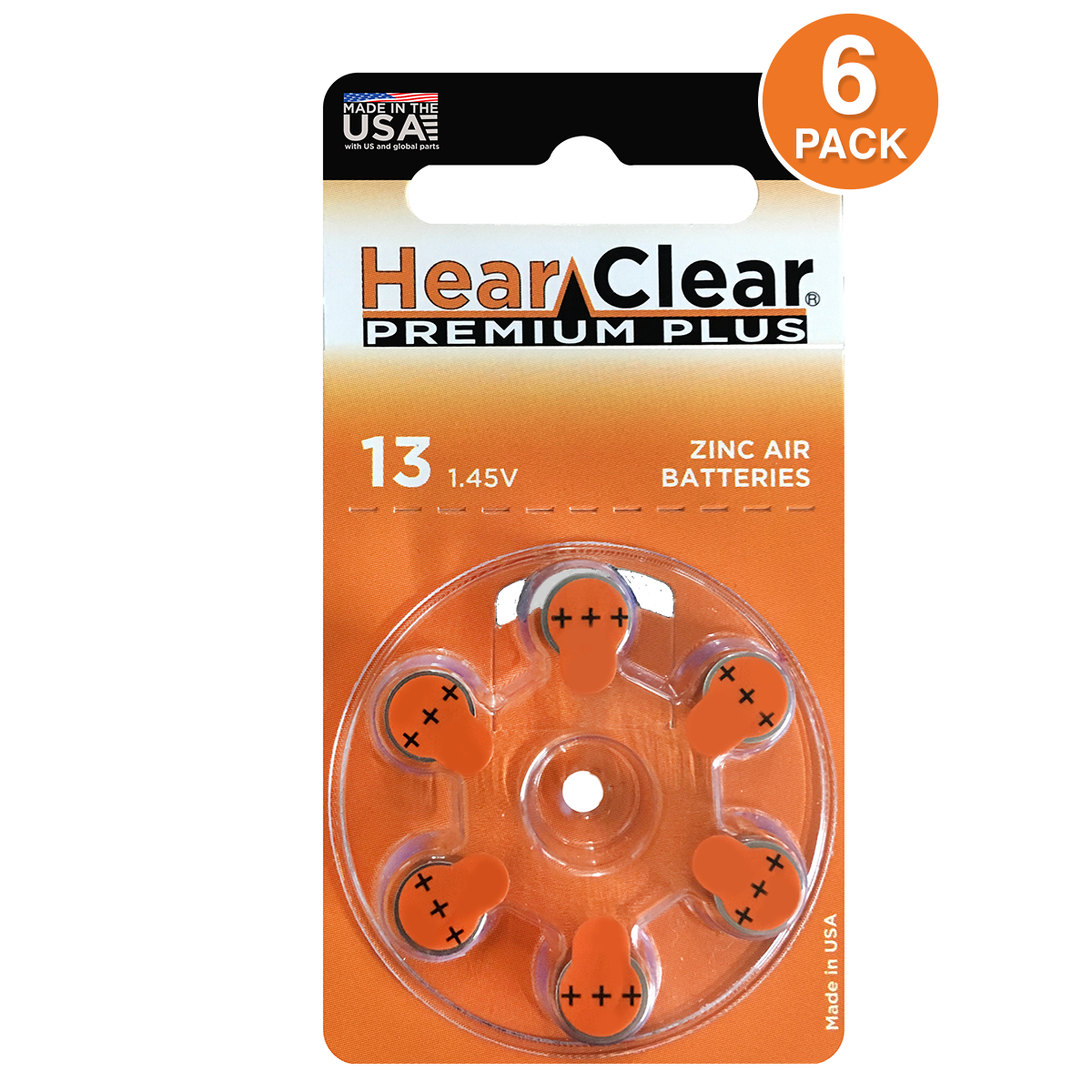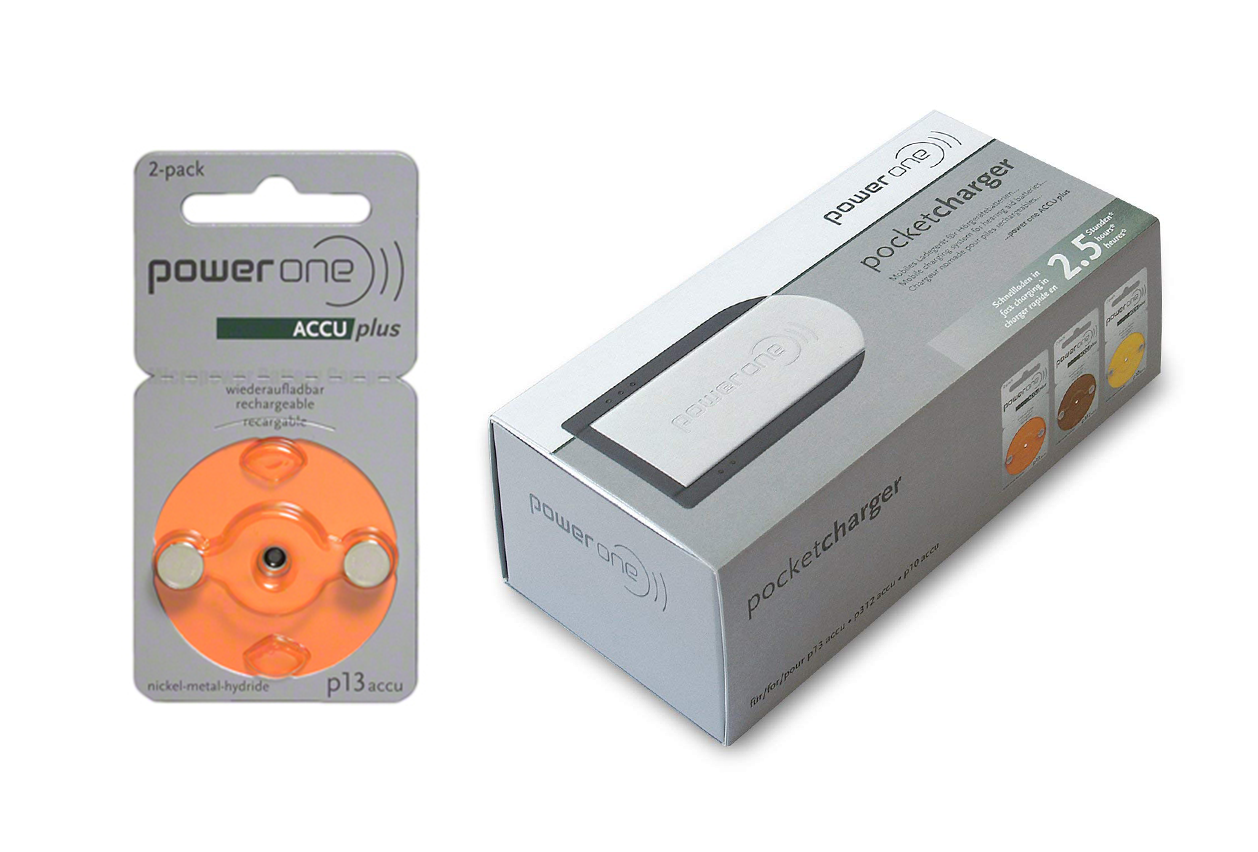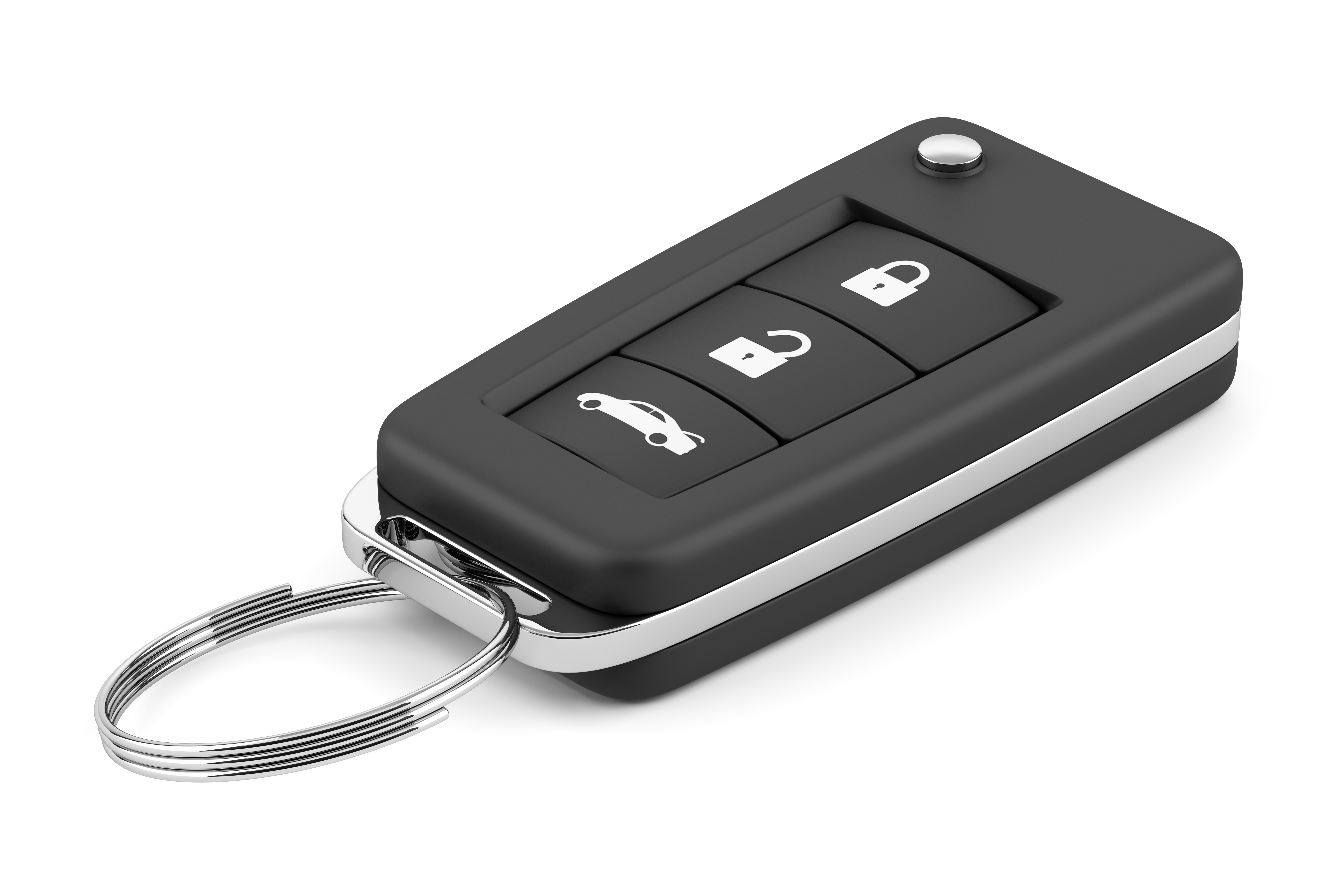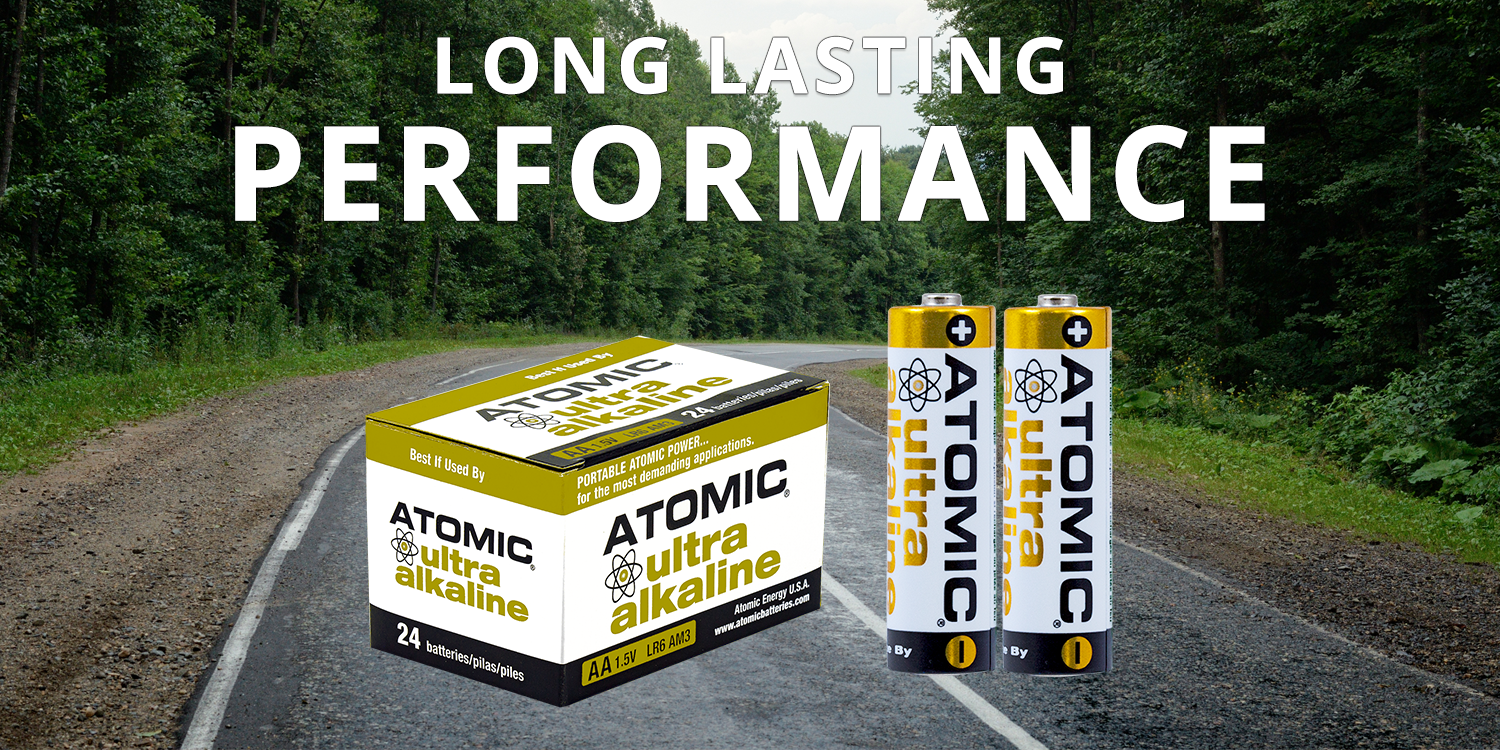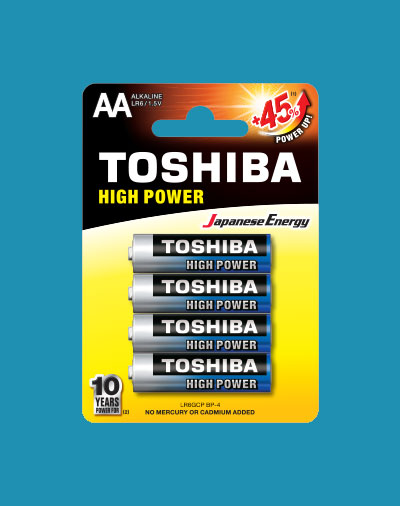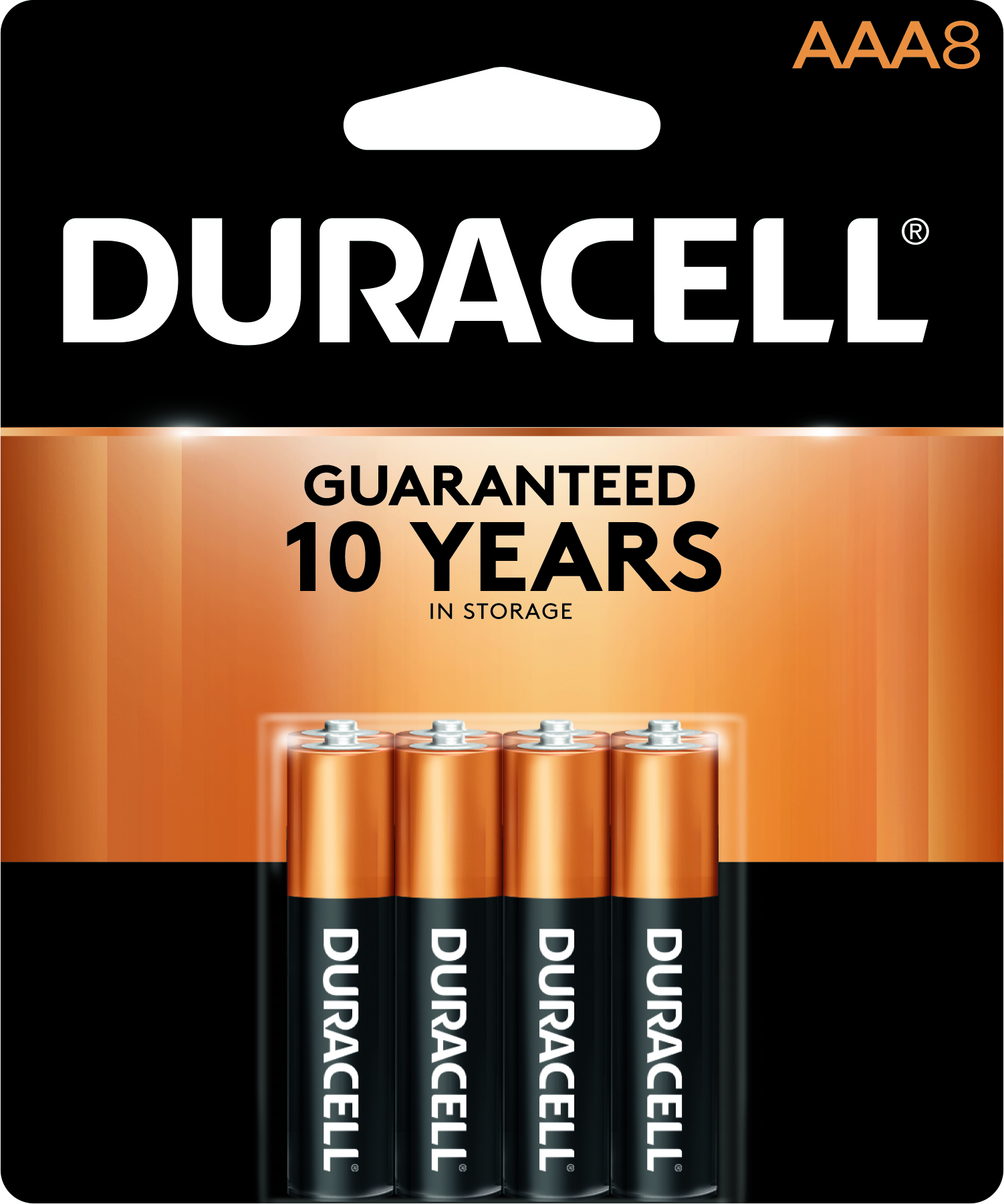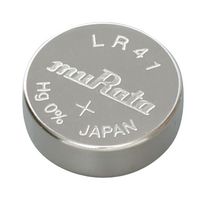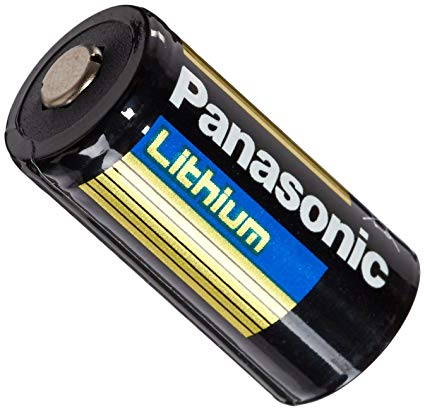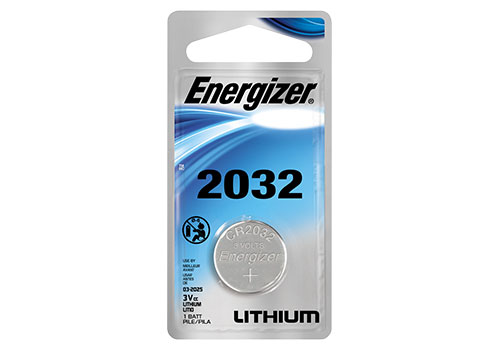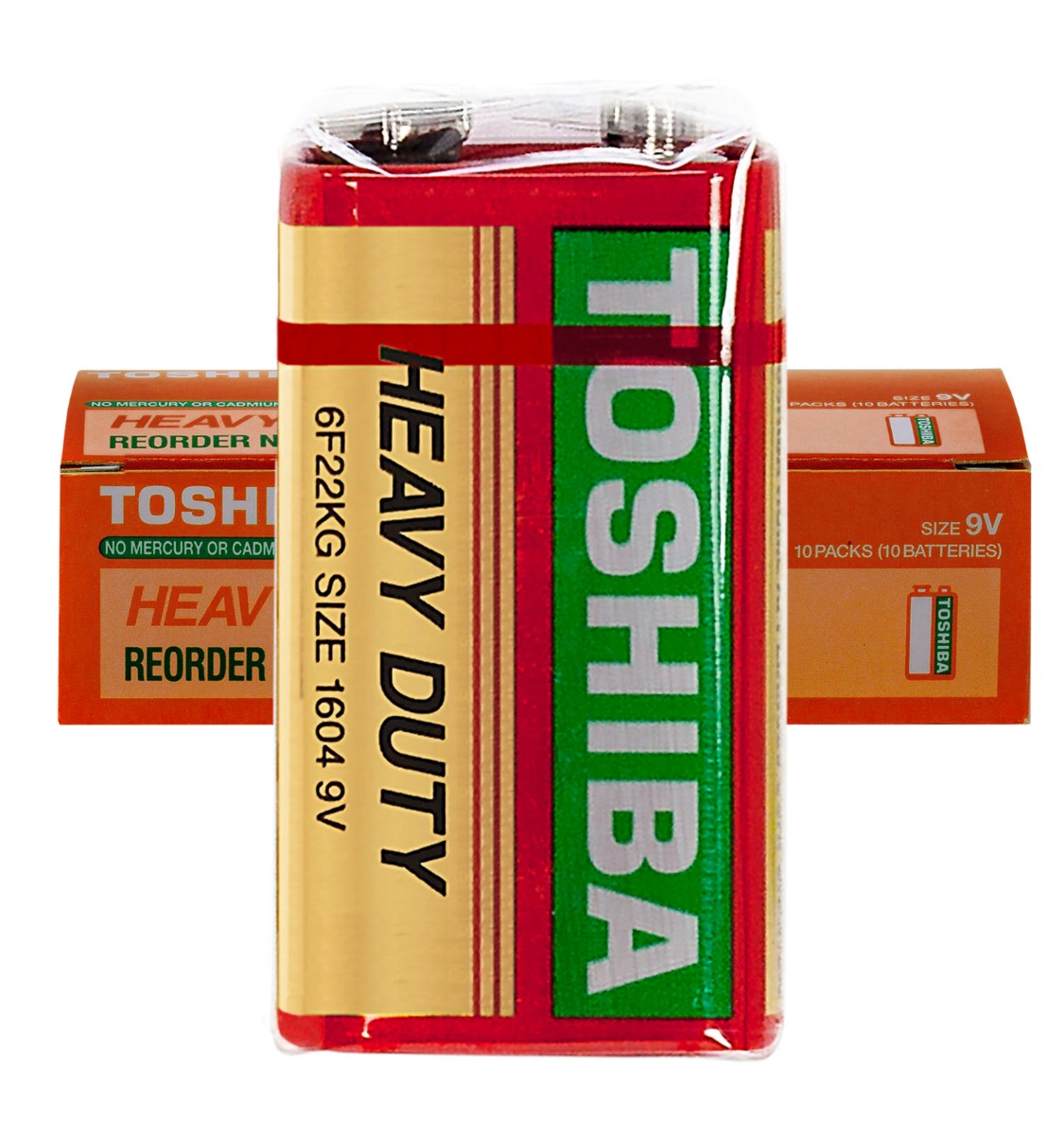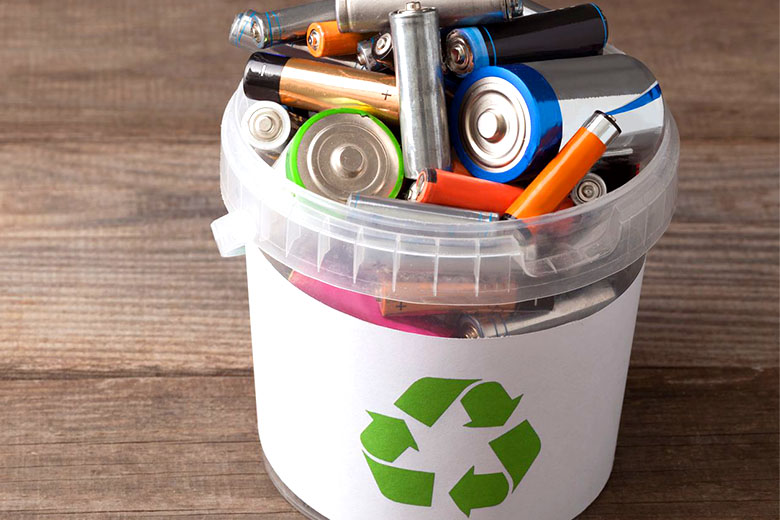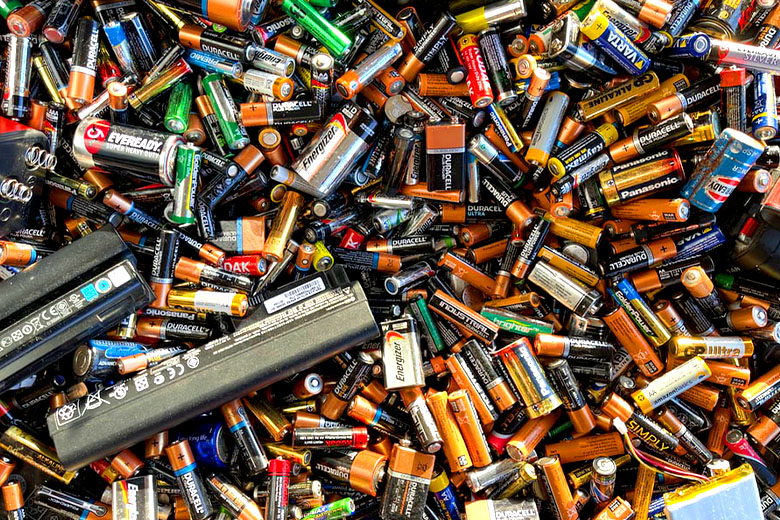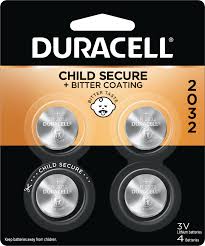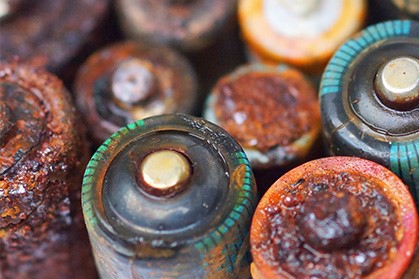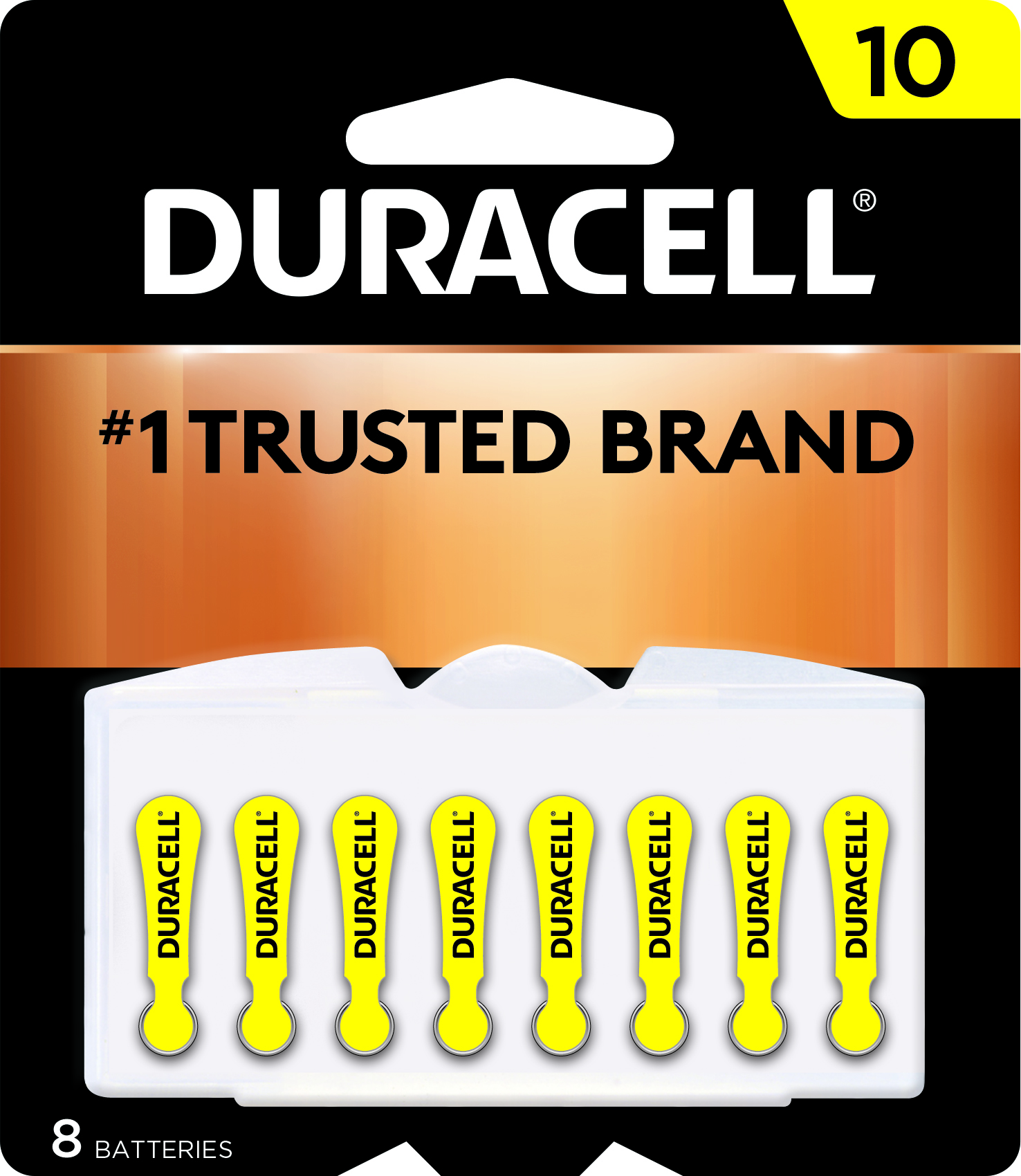Microbattery Blog - Battery News, Technology, Tips & Tricks
-
Forbes Health Announces Best Hearing Aid Batteries of 2022
The best batteries on the market!
Forbes, one of the leading business and finance publications, has recently released their top picks for hearing aid batteries. Hearing aid batteries are ranked by many qualities such as service life, materials quality, and audio quality (stability)
-
When is it time to change your hearing aid battery?
It is always good to make sure you have hearing aid batteries on you. You don’t want to be unable to hear during an emergency or even a long work meeting.
Chemistry: Zinc-Air
There are many different brands of rechargeable hearing aid batteries; more common brands are Power One, ZeniPower, Panasonic, NEXcell, Rayovac, Toshiba, iCellTech, Hear Clear, Duracell….. Ect.
-
¿ CUANTO TIEMPO DURAN LAS BATERIAS RECARGABLE?
Generalmente las baterías recargables de ayuda de audiencia tienen una esperanza de vida de 4-5 años, Pero esto puede variar dependiendo de la marca, o que tamaño de batería que se necesite.
-
¿Cuándo es el momento de cambiar la batería del llavero?
ES MUY IMPORTANTE ASEGURARSE DE QUE BATERÍAS DE SU CONTROL DEL AUTOMÓVIL ESTÁ FUNCIONANDO, NO QUIERES QUEDARTE ABAJO DE LA LLUVIA Y NO PODER ABRIR SU AUTOMÓVIL.
Hay muchos tipos diferentes de baterías, asegúrese de obtener las letras correctas (Normalmente CR) y los números correctos también. MicroBattery Pro-Tip (Entendiendo las baterías de lithium coin): Las baterías de lithium coin generalmente se encuentran seguidas de un conjunto de números. La C en CR le permite saber que la batería usa una química de lithium. La R te permite saber que la batería tiene forma redonda. Los dos primeros números te indican el diámetro de la batería y los dos últimos números te indican la altura. Entonces, siguiendo esto, puede ver fácilmente que una batería CR2032 es una batería de química de lithium (C) con una forma ronda (R) que tiene un diámetro de (20) 20 milímetros. Esto se aplica a la mayoría de las baterías tipo moneda y de botón, pero tenga en cuenta que existen algunas excepciones, como las baterías CR2 o CR123A, que se consideran baterías cilíndricas de Lithium
-
When is it time to change your key fob battery?
IT IS VERY IMPORTANT TO MAKE SURE THAT YOUR KEY FOB BATTERIES WORK, YOU DON’T WANT TO GET STUCK OUT IN THE RAIN NOT BEING ABLE TO OPEN YOUR CAR.
First Sign: Worsening signal, you used to be able to open your car from the inside of your house and now you have to be up close to your car for the door to be able to open.
Second Sign: Over-Clicking, a key fob should only take one click to unlock doors.
Third Sign: Key Fob not working could be caused by the battery being dead.
-
Quick Facts: Rechargeable Batteries
Categories: Battery TipsDifferent types of batteries have different rechargeable battery life. Battery life depends on the model and your usage. Heavy and constant use will drain a battery much faster than light and intermittent use.
For example:
Nickel cadmium (Nicad, NiCD) (1.5-3 Years) Cycle LIfe: 1,000+ Cycles
Nickel metal hydride (NiMH) (3-5 Years) Cycle Life: 700-1,000 Cycles
Lithium Ion (2-4 Years) Cycle Life: 600-1,000 Cycles
Lead Acid (6 Months) Cycle Life: 200 Cycles ( Varies)
-
BATTERY BIOS: EVERYTHING YOU NEED TO KNOW ABOUT THE AAAA BATTERY
Categories: Battery Bios: In-Depth Look at Battery ModelsWhat Are AAAA Batteries?
The AAAA Battery is a small cylindrical cell battery of alkaline composition. The AAAA Battery is a fairly common battery and is produced by many large brands such as Duracell, Atomic, Energizer, and more. The AAAA battery is also widely produced by smaller companies and private label battery manufacturers. Other companies also produce batteries in a similar size to the AAAA, but of different designations and capacities.
Click Here To View AAAA Batteries From Microbattery.com
Click Here To View All Alkaline Batteries
Technical Specifications Of The AAAA Ba
-
BATTERY BIOS: EVERYTHING YOU NEED TO KNOW ABOUT THE AA BATTERY
Categories: Battery Bios: In-Depth Look at Battery ModelsWhat Are AA Batteries?
The AA Battery is a small cylindrical cell battery of alkaline, lithium, or Ni-MH composition. The AA Battery is an extremely common battery and is produced by many large brands such as Duracell, Atomic, Energizer, Toshiba, and more. The AA battery is also widely produced by smaller companies and private label battery manufacturers. Other companies also produce batteries in a similar size to the AA, but of different designations and capacities.
-
BATTERY BIOS: EVERYTHING YOU NEED TO KNOW ABOUT THE AAA BATTERY
Categories: Battery Bios: In-Depth Look at Battery ModelsWhat Are AAA Batteries?
The AAA Battery is a small cylindrical cell battery of alkaline, lithium, or Ni-MH composition. The AAA Battery is an extremely common battery and is produced by many large brands such as Duracell, Atomic, Energizer, Toshiba, and more. The AA battery is also widely produced by smaller companies and private label battery manufacturers. Other companies also produce batteries in a similar size to the AAA, but of different designations and capacities.
-
Battery Bios: Everything You Need To Know About The CR2 Battery
Categories: Battery Bios: In-Depth Look at Battery ModelsWhat is a CR2 Battery?
The CR2 Battery is a cylindrical cell battery that has a lithium chemistry. In simple terms, the CR2 battery looks like a smaller version of a D Cell Battery, or for simpler reference almost like a can. These batteries have a wide variety of applications. They are mostly used in cameras which require a high power lithium battery as well as many industrial applications. Having so many uses makes this battery very popular and thus, sometimes hard to find in stock. They are produced by a variety of large and small brands such as Panasonic,
-
Battery Bios: Everything You Need To Know About The LR41 Battery
Categories: Battery Bios: In-Depth Look at Battery ModelsWhat Are LR41 Batteries?
The LR41 Battery is a small button cell battery of alkaline composition. The LR41 is a very common battery and is produced by many large brands such as Toshiba, Maxell, and more. The LR41 battery is also widely produced by smaller companies and private label battery manufacturers, for example Tianqiu produces the LR41. Other companies like Energizer also produce batteries in a similar size to the LR41, but of different composition such as silver oxide.
-
Battery Bios: Everything You Need To Know About The CR123A Battery
Categories: Battery Bios: In-Depth Look at Battery ModelsWhat is a CR123A Battery?
The CR123A Battery is a cylindrical cell battery that has a lithium chemistry. The shape is similar to a smaller version of a C Cell Battery, or for simpler reference almost like a can. These batteries are widely used for many different applications, from medical devices to military grade technology. Having so many uses makes this battery very popular and thus, sometimes hard to find in stock. They are produced by a variety of large and small brands such as Panasonic, Duracell,
-
Battery Bios: Everything You Need To Know About The CR2032 Battery
Categories: Battery Bios: In-Depth Look at Battery ModelsWhat are CR2032 Batteries?
The CR2032 battery is a non-rechargeable (primary) battery that is very common today. It is a coin-cell battery which utilizes lithium chemistry. These batteries are used in a wide range of applications and are available from many retailers. Most major battery brands like Duracell, Energizer, Panasonic, Philips,
-
Battery Bios: Everything You Need To Know About The 9V Battery
Categories: Battery Bios: In-Depth Look at Battery ModelsWhat Are 9V Batteries?
The 9V battery is an extremely common battery that was first used in transistor radios. It features a rectangular prism shape that utilizes a pair of snap connectors which are located at the top of the battery. A wide array of both large and small battery manufacturers produce versions of the 9V battery. Possible chemistries of primary (non-rechargeable) 9V batteries include Alkaline, Carbon-Zinc (Heavy Duty), Lithium. Possible chemistries of secondary (rechargeable) 9V batteries include nickel-cadmium (NiCd ), nickel-metal hydride (NiMH ), and lithium ion. The performance and application of the battery can vary greatly between different chemistries, meaning that some chemistiries are better suited for some applications over others.
-
8 of the Best Technology Pages On Instagram
There is always so much new in the world of technology, and sometimes it is hard to keep up with all the most recent news. Below are a few tech pages to stay current on batteries, the environment and more...
-
Batteries and the environment: How To Dispose of Batteries
The importance of proper battery disposal
The average person throws away 8 batteries per year. Collectively, we dispose of over 3 billion batteries annually in the United States. According to Science Direct, the UK, with one-fifth of the US population, generates 30,000 tons of wasted general purpose batteries annually. Less than 2–3 percent of them are recycled. The interaction of the chemical constructs of these wasted batteries poses a threat to the environment.The availability of the nickel metal hydride battery played a crucial role in facilitating Europe’s banning of the nickel-cadmium battery in the EEC’s Battery Directive of 2009. Nickel-cadmium batteries (Ni-CD) along with lead-acid batteries currently represent the greatest environmental threat from energy storage devices. Lithium batteries are, to the surprise of some, quickly following suit. Lithium-ion batteries may be only mildly toxic, but factors including their size, sheer number, and their improper disposal, contribute to their addition to the list of polluting battery chemistries.
To be clear, the problem is not a particular battery chemistry. The issue is its disposal.
-
Primary battery options and a look at lithium batteries
A LOOK AT LITHIUM BATTERIES
In a prior article, Battery categories and chemistries, we discussed the two battery categories, primary batteries and secondary batteries, with a brief summary of the common batteries in each group. We focused on alkaline batteries in our post, Role of primary batteries, and presented the broad family of lithium-metal cells, which together with alkalines, dominate primary batteries in both popularity and usage.n this article we will take a closer look at primary battery types and delve just a bit more in some of the more recognized lithium chemistries available. Excluded from this post are three primary battery types that serve niche applications—zinc-air batteries mainly used to power hearing-assisted devices, silver-oxide batteries mainly used for watches, and zinc-carbon batteries which were superseded by alkalines in the 1980s but are still available for specialized needs. Available links to discussions on these batteries can be found at the end of this post.
-
Protect Your Children: Microbattery.com Offers Child-Safe Battery Packaging
Battery Hazards for Children
Batteries pose a variety of hazards to children including choking, toxicity, electric shock, and burns. There are thousands of different batteries on the market and all contain a variety of chemical agents. They come in various shapes and sizes, ranging from giant bricks to tiny cylinders. One of the most dangerous types of battery for children are lithium coin cell batteries, which are quickly becoming very popular among manufacturers due to their relatively small size and high performance. Being able to power a device with such a small battery is great and convenient for manufacturers and for users, but these batteries becoming so small pose a serious risk for children. The round shape of lithium coin cells and shiny metallic finish can be mistaken for a piece of candy or small food item by a child. Ingestion of a lithium coin cell battery can sometimes not be an issue as they can normally be passed through the system with little issue. In many instances, complications can occur which can be very serious and life threatening. The biggest hazard is the battery being logged in the esophagus, causing choking or even serious burns. If you suspect a child has ingested a battery or any other non-food item it is best to seek professional medical attention right away.
-
Battery safety part 1: Preventing harm to yourself and others
PREVENTING HARM
I can remember hammering on a C-cell after an unsuccessful attempt to pry it open with a screwdriver. It was the 1970’s, and like most kids in their single-digit years, I was curious. I had no clue that my forceful attempt to discover what lies inside could result in a painful experience. Spring forward to 2020, I wonder if the potential hazard would have been recognized even by the average adult; awareness of existing dangers lurking in everyday products does not seem to have been quite as widespread then as it is now.With today’s variation in battery compositions, it is important that we understand some of the hazards posed by their modern chemistries and some precautionary measures against them. My brute force attempt to open what I am guessing was either a zinc-carbon or an alkaline battery, might have been met with dire consequences had it been one of today’s battery chemistries.
Let’s take a look at a few battery types with regard to safety.
-
Battery safety part 2: Protecting our children from potentially lethal accidents
PROTECTING OUR CHILDREN
In the United States alone, 2,800 kids require emergency treatment for swallowing button batteries annually. That breaks down to approximately one child every three hours. In 2017, there were 1,986 ingested battery cases involving children under 6 years of age. I recently viewed a heartbreaking video published by Child Accident Prevention Trust (CAPT) about a Hampshire toddler, Francesca Asan, who tragically died from ingesting a button battery from a pair of 3D glasses stored in a cabinet.With the development of more advanced battery chemistries and more batteries in the home to power our gadgets, serious injuries and deaths from their ingestion have multiplied by nine times in the last decade.
-
The Ultimate Guide To Hearing Aid Batteries
Hearing aid batteries typically come in 4 basic designations of sizes. The difference between different models of hearing aid batteries come from their physical size as well as the power and output of the battery. The 4 main sizes of hearing aid batteries are Size 10, Size 13, Size 312, and Size 675. Hearing aid batteries are conveniently color coded in order to easily identify the size of the battery.
-
How To Change Watch Batteries: A Step By Step Guide
How To Change Watch Batteries: A Step By Step Guide
Step 1: Carefully Remove The Back Panel Of Watch
First you must identify the type of back panel that your watch has. There are a few different types of back p
-
The Ultimate Guide to Hand Sanitizer: How To Find Quality Hand Sanitizer In Stock and How To Make Hand Sanitizer Safely
The Ultimate Guide to Hand Sanitizer:
Click Here To View Premium Quality Supply Hand Sanitizer Sold and Shipped By Microbattery.com
Click Here To View Premium Quality Supply PPE Products Sold and Shipped By Microbattery.com
How To Find Quality Hand Sanitizer In Stock and How To Make Hand

